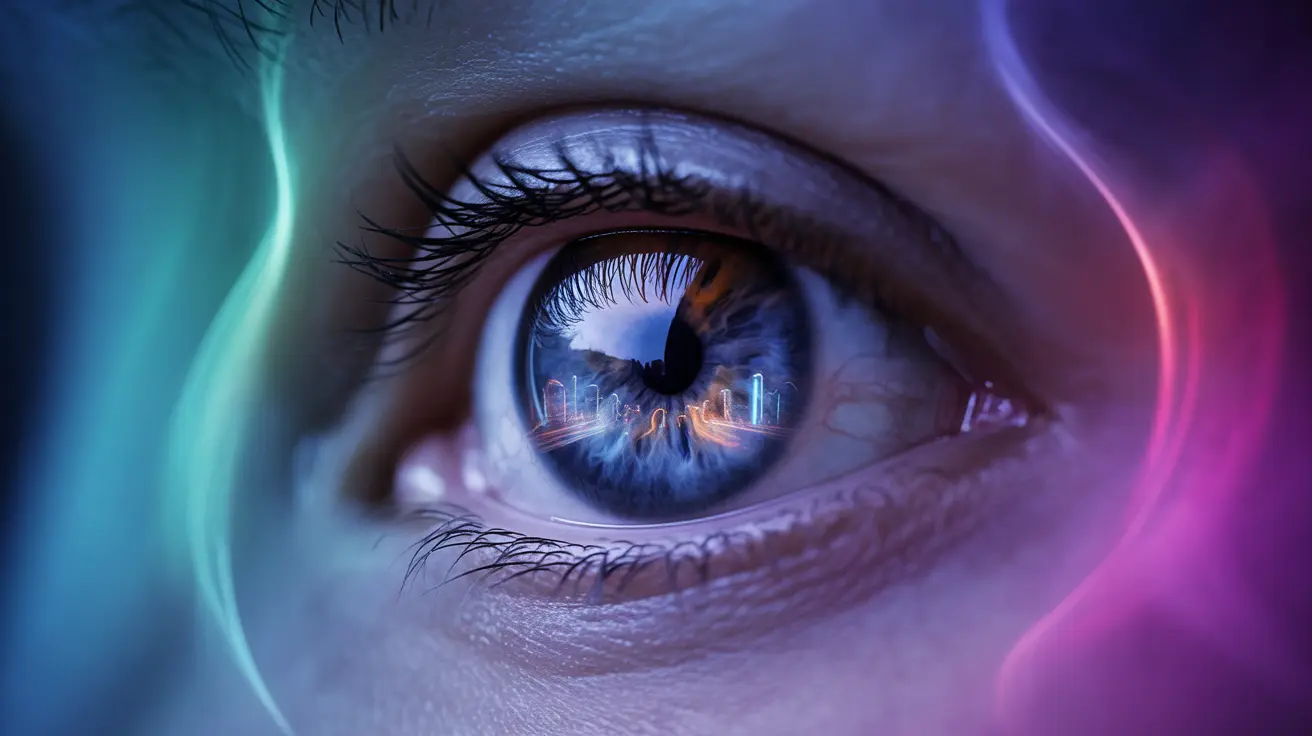When you catch yourself gazing at someone special, you might not realize that your eyes are actually revealing subtle signs of attraction. The phenomenon of pupils dilating when looking at someone you're attracted to is a fascinating intersection of psychology, neuroscience, and human emotion. Understanding this involuntary response can provide insights into how our bodies react to emotional stimuli.
This natural response, often called "pupil dilation" or "mydriasis," is controlled by our autonomic nervous system and can occur for various reasons beyond romantic attraction. Let's explore the science behind this intriguing physiological response and what it really means.
The Science of Pupil Dilation
Our pupils naturally change size throughout the day in response to various stimuli. The main function of pupil dilation is to regulate the amount of light entering the eye, but this mechanism is also influenced by our emotional and mental states.
The Role of the Autonomic Nervous System
The autonomic nervous system controls pupil size through two different pathways. The sympathetic nervous system (fight-or-flight response) causes pupil dilation, while the parasympathetic nervous system (rest-and-digest response) causes pupil constriction. When we experience emotional arousal, including attraction, the sympathetic nervous system becomes activated.
Emotional Triggers for Pupil Dilation
When we experience strong emotions or see something (or someone) we find appealing, our pupils tend to dilate. This response is connected to several emotional and psychological factors:
- Interest and attention
- Emotional arousal
- Cognitive processing
- Decision making
- Attraction and romantic interest
Beyond Attraction: Other Causes of Pupil Dilation
While attraction can cause pupils to dilate, it's important to understand that many other factors can trigger this same response:
- Changes in lighting conditions
- Medication effects
- Stress or anxiety
- Physical pain
- Mental effort or concentration
- Certain medical conditions
The Connection Between Attraction and Pupil Size
Research has shown that pupil dilation can indeed be an indicator of attraction, but it's not a foolproof sign. When we see someone we're attracted to, our brain releases certain neurotransmitters that can trigger pupil dilation along with other physiological responses.
The Role of Neurotransmitters
During moments of attraction, the brain releases various chemicals including dopamine and norepinephrine. These neurotransmitters can influence pupil size while also affecting other aspects of our physical and emotional response to attraction.
Frequently Asked Questions
Why do your pupils dilate when you look at someone you are attracted to?
Pupils dilate when looking at someone you're attracted to because your sympathetic nervous system becomes activated, releasing neurotransmitters that trigger this response. This is part of your body's natural reaction to emotional arousal and interest.
Can pupil dilation be used as a reliable sign of romantic interest or attraction?
While pupil dilation can indicate attraction, it shouldn't be considered a reliable sign on its own. Many other factors can cause pupils to dilate, making it difficult to attribute this response solely to romantic interest.
What emotions or physiological factors cause involuntary pupil dilation?
Several factors can cause involuntary pupil dilation, including strong emotions (both positive and negative), stress, fear, pain, and cognitive effort. The autonomic nervous system responds to these various stimuli by adjusting pupil size.
Are there other reasons besides attraction that can cause pupils to dilate?
Yes, numerous factors can cause pupil dilation, including changes in lighting, certain medications, medical conditions, stress, mental effort, and emotional states unrelated to attraction.
How does the autonomic nervous system control pupil size in response to emotional stimuli?
The autonomic nervous system controls pupil size through two pathways: the sympathetic system (causing dilation) and parasympathetic system (causing constriction). Emotional stimuli typically activate the sympathetic system, leading to pupil dilation.




